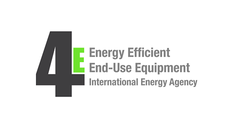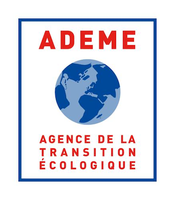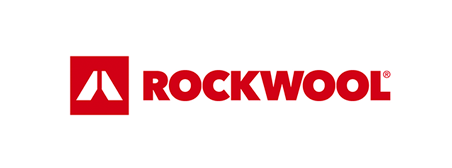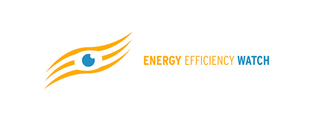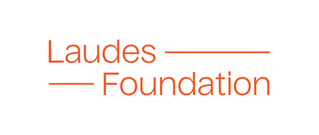Search eceee proceedings
Smart grid development: Electricity transition through intermediaries?
Panel: 2. Efficiency and beyond: innovative energy demand policies
Authors:
Katharina Reindl, International Institute for Industrial Environmental Economics (IIIEE), Sweden
Jenny Palm, The International Institute for Industrial Environmental Economics (IIIEE), Lund University, Sweden
Abstract
Our electricity systems in Sweden and globally face major changes and one way forward is to have a “smart” grid. Today’s grid is however not smart and was not planned and constructed to be able to meet increased use of intermittent energy sources, higher demand for electricity, a need to reduce the carbon footprint or electrification of transport and industry. With these changes, the electricity grid is facing major challenges, which also constitutes huge opportunities.
Smart grids are seen as a collective term for the new technologies following a vision in which the grid delivers low-carbon electricity more efficiently and reliably while enabling consumers to manage and reduce their energy use and minimize costs to the benefit of all. The smart grid is often seen as the ultimate solution for all the issues of our current electricity grid.
There is previous research that has focused on different visions and imaginaries, pathways or narratives for the future of the electricity grid. What these studies have in common is that they show how powerful visions or narratives are for political ends and to legitimize technological choices.
There are different international activities, as well as national activities in Sweden, like strategic investments at the political level, public research funding or development activities in business. In the design of the smart grid roadmaps, scenarios and other plans are developed. Key actors in these processes are for instance governmental actors at different levels like the Swedish Energy Agency or the Swedish Energy Markets Inspectorate. The often commission different consultancy firms for initiatives or programmes. Thus, there is a rise of consultants’ experts who analyse information to produce and distribute knowledge of the future of the electricity system and smart grids.
These consultancy firms are important knowledge brokers and intermediaries in the development of the smart grid, often providing scenarios and models for policymakers to consider when making decisions. Through their work (e.g. reports on scenarios and roadmaps) the consultants are important influencers for which problems are raised, how they are defined, and what solutions are suggested. Thus, consultants are central players in the future development of the smart grid. The paper aims to improve the knowledge of the role of consultants in designing and influencing the development of smart grids.
We have conducted an actor mapping to identify different smart grid initiatives, programs, and funding in Sweden. As method we conducted a content analysis on the reports of a selection of key consultancy reports for governmental initiatives and programs on the smart grid. We analyzed how the smart grid is materialized in these consultancy reports. Results show that there is no common definition on what the smart grid is and still many uncertainties with regards how the future smart grid will look. Smart grids visions are often technology focused and presented in a positive way. Smart grids are seen as a solution for major problems the electricity grid is facing, not as much highlighting potential problems as for instance handling of data privacy issues, broader sustainability issues like social sustainability (access to smart grid technology) energy justice, democracy or a focus on circularity and resource use. These key actors’ roles in developing important societal infrastructure such as the smart grid are important to examine and critically reflect upon to increase transparency, secure a democratic development and make it possible to question assumptions and ideas embedded in the development of the smart grid.
Downloads
Download this display (photo) as pdf: 2-104-22-displayphoto.pdf
Panels of
1. Dynamics of consumption: less is more?
2. Efficiency and beyond: innovative energy demand policies
3. Policy, finance and governance
4. Monitoring and evaluation for a wise, just and inclusive transition
5. Towards sustainable and resilient communities
6. Energy-efficient and low-carbon mobility for all
7. Policies and programmes for better buildings
8. Innovations in products, systems and building technologies








